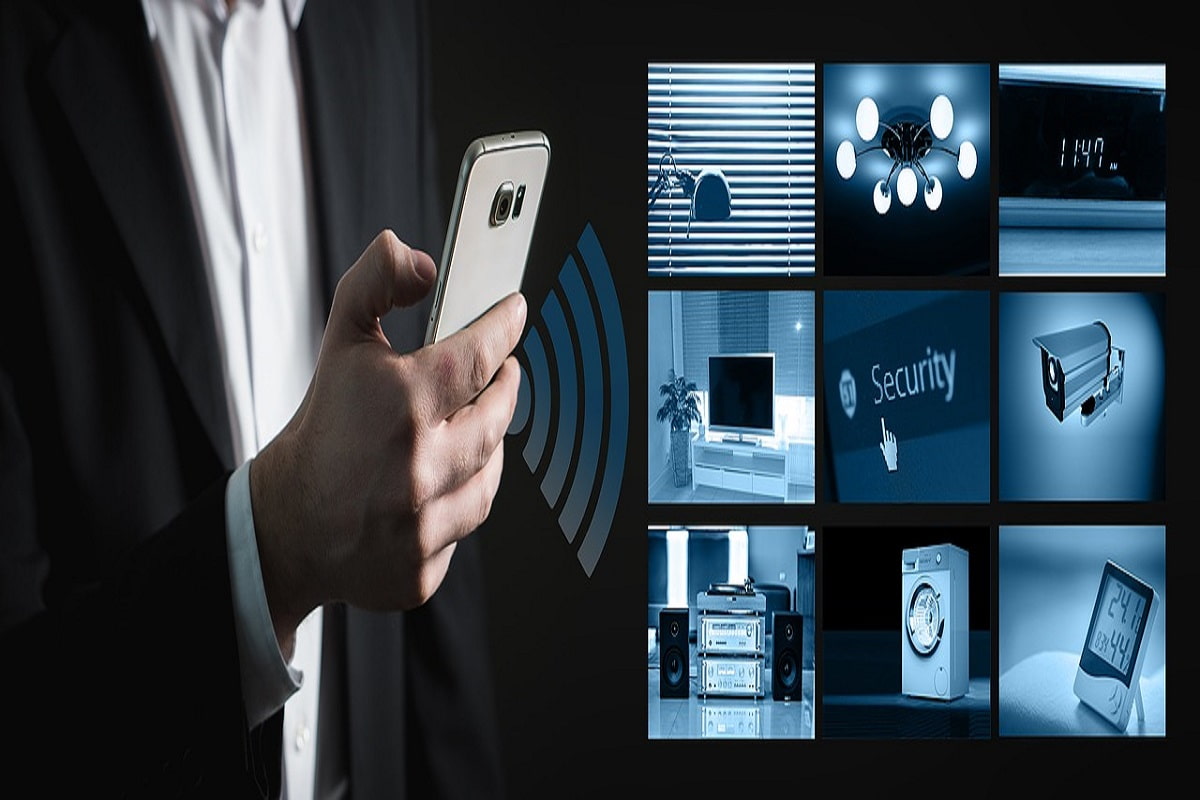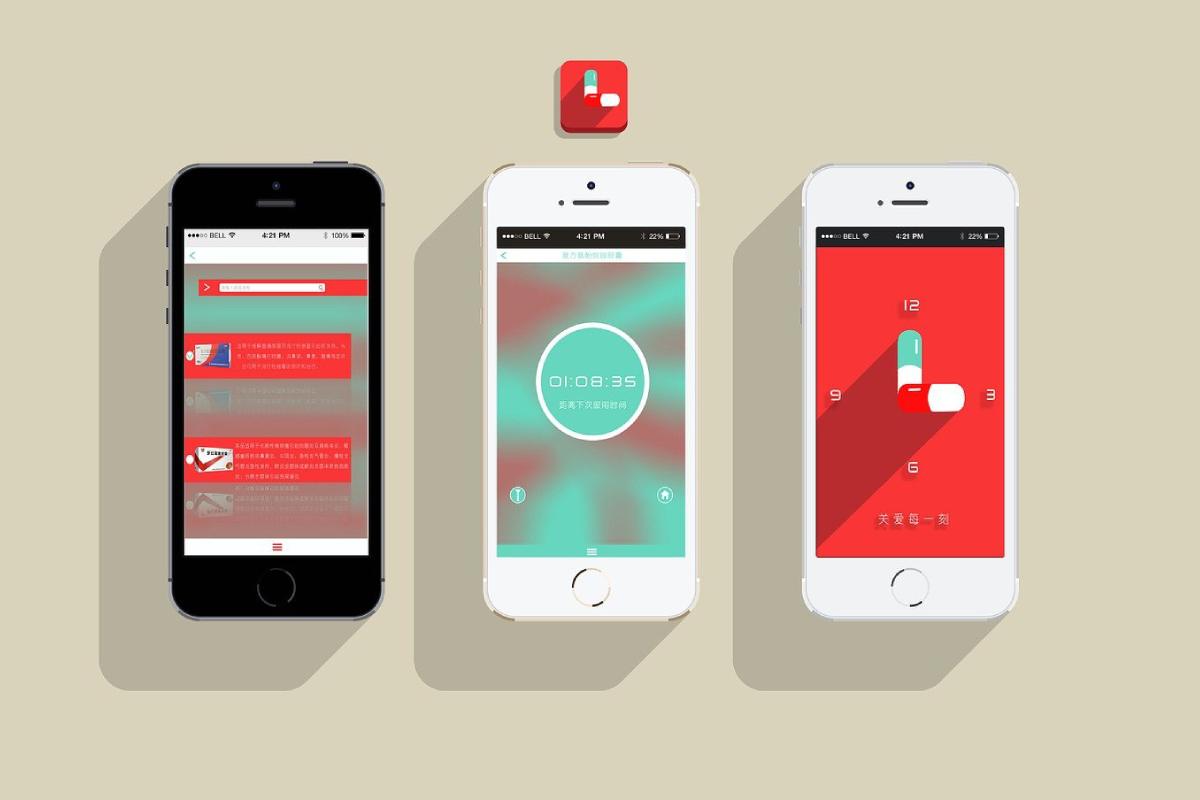

Discover WiFi: How It Works, What It Can Do, and Why It Matters
What’s the Deal with Wi‑Fi?
- Toggle Wi‑Fi – the quick switch that lets you hop on or hop off your wireless connection.
- Why we caved into Wi‑Fi – a look at the pull‑in that makes it so irresistible.
- WIFI vs. WLAN – are they the same thing or just a fancy nickname?
- How to actually use Wi‑Fi – useful tips to keep you connected.
- Wi‑Fi names and speed – how the flashy SSID and actual speed feel under the hood.
1. Toggle Wi‑Fi: Quick Switch for Fast Connectivity
Think of Toggle Wi‑Fi as the on‑off button on your phone or laptop. It’s that tiny switch that powers your device up to the Wi‑Fi network. When you need a quick jolt of internet, just flipping that switch is all you need to do.
2. Why Are We So Drawn to Wi‑Fi?
It’s simple: everything feels better when it’s free and fast. Whether you’re binge‑watching, gaming, or simply scrolling through memes, a solid wireless connection keeps the fun uninterrupted. The promise of no cables, hidden costs, and instant access is a surefire way to win users’ hearts.
3. Wi‑Fi vs. WLAN – Same or Different?
WIFI and WLAN are basically the same thing; WIFI is just the brand name you see on your Wi‑Fi logo, while WLAN stands for Wireless Local Area Network. They’re both about connecting to the same local network; the only difference is that one is a market‑friendly name and the other is the IT term that shows up in your network settings.
4. How to Use Wi‑Fi – The Practical Guide
- Connect – turn on your device’s Wi‑Fi, find your network’s name (SSID), and hit Connect.
- Authenticate – if you’re on a public hotspot, you’ll likely need to sign up or enter a password. A quick tip: store the password in your phone’s secure vault.
- Stay Safe – always use encryption like WPA3 if available. Public networks can be a breeding ground for hackers.
- Adjust Settings – tweak your network profile (e.g., MTU size, frequency band) if you experience lag or dead zones.
5. Wi‑Fi Names (SSID) & Speed – What Happens Behind the Scenes?
While your SSID might look like a fancy brand tag, it’s just a name that appears in your device’s list. Don’t let a flashy name fool you; the true performance depends on:
- Signal Strength – the closer you are to the router, the stronger the signal.
- Bandwidth – measured in Mbps. A 2.4 GHz network usually offers 150–300 Mbps, but 5 GHz can hit 900 Mbps or more if you have a high‑end router.
- Interference – other devices, walls, and even microwaves can lower speeds.
So next time you’re scrolling, just remember: Wi‑Fi isn’t just a name—it’s a portal that brings you fast, free, and gamely online fun. Keep your toggle handy, stay secured, and enjoy the ride!
WiFi Definition
What’s All the Buzz About WiFi?
When you hear WiFi, it’s actually shorthand for Wireless Fidelity. In plain English that just means a wireless local area network – a fancy way of saying you can connect to the internet without any wires.
How It Works (But I’ll Keep It Short)
- Plug in a router that broadcasts a signal.
- Any device that can “hear” the signal (think laptops, phones, smart fridges) can hop onto the network.
- All the data gets sent through the air instead of through cables.
WLAN vs. WiFi – No Big Deal
Some people get all excited about the difference between WLAN (the technical term) and WiFi (the marketing buzzword). The truth is, once you’re in your home or a coffee shop, both terms just point to the same thing: a place where you can swipe, type, and stream without plugging anything in.
Key Takeaway
If you’re strapping in your phone or laptop and you hear “WiFi,” just know it means you’re on a wireless internet network. That’s it – no more jargon, no more fuss.
Curious About More Tech?
Check out our other guide on Cisco Viptela SD‑WAN – it covers definitions, features, and analytics without any boring tech speak.
What brings the user to [WiFi]?
WiFi: The Freedom & the Frustration
Let’s be honest—Wi‑Fi is the big, shiny line you never want to be tangled up with. It’s like having a magic carpet that lets you roam the room or the office without losing your internet connection. Imagine a laptop that can hop from the bathroom to the kitchen without tripping over a cable. That’s the Wi‑Fi dream.
Why it’s a Total Game‑Changer
- Unrestricted Movement: You no longer have to stay glued to a socket. Your phone, tablet, and laptop are all the way free to wander.
- No Extra Bills: Unlike your mobile data plan, which takes a chunk from your monthly allowance, the Wi‑Fi you hop onto is covered under the same Internet subscription you’ve got at home.
- Totally Free in Big Hubs: Airports, cafés, and malls usually throw in Wi‑Fi for good measure—free of charge.
Every Cloud Has a Silver Lining? (And a Few Rainy Spots)
Wired connections still hold the crown when it comes to raw speed. If you’re a data‑intensive user—think large video downloads or streaming 4K—your hub cable might still have the edge.
And then there’s the dreaded distance issue. Move too far from the router, and the signal will drop faster than a bad joke. It’s a bit like trying to text a friend across the street on a 2008 flip phone.
Lastly, just because it’s invisible doesn’t mean it’s harmless. Wi‑Fi emits radio waves, and some folks worry that it’s similar to the radiation from your smartphone. It’s a topic that gets debated in science circles as much as it does in your neighborhood chat.
Bottom Line
Wi‑Fi is practically royalty—free, flexible, and absolutely indispensable in the modern age. But remember, the convenience comes with a few trade‑offs, especially if you need lightning‑fast speeds or thunder‑storm‑level coverage.
Are WIFI and WLAN the same?
What’s the Deal with Wifi vs. WLAN?
Quick take‑away: WLAN is the big umbrella that covers any wireless radio network. Wifi is the le‑sle‑d, brand‑name friend that fits neatly inside that umbrella.
Picture this:
- You’ve got a WLAN – that’s the generic name for any Wi‑Fi‑enabled radio setup, from small home routers to sprawling office hot‑fixes.
- When it follows the IEEE 802.11 standards, it turns into a real Wi‑Fi network. Think of it as the “official” version that most people actually use.
- In the USA and a handful of other countries, people drop the “WLAN” part altogether and just say “Wi‑Fi.” It’s become the default nickname.
Bottom line
Every Wi‑Fi network is a WLAN, but not every WLAN is a Wi‑Fi. If you’re just chatting with friends or setting up your home network, you can safely use the terms interchangeably. The only time it really matters is when you’re diving into the nitty‑gritty tech specs.
How to use [WiFi]?
How to Get Your Home Wi‑Fi Jammin’
First things first: you’ll need a wireless router to make the internet dance. Once you have one, just fire it up and configure the WLAN settings on your device. That’s all the official steps.
Got a wired PC? Turn it into a Wi‑Fi wizard.
- If your computer is already hooked to the internet with a LAN cable, you can jazz it up by turning the PC into a Wi‑Fi hotspot. It’s a quick way to start broadcasting without a fancy router.
Signal weak? Bring in the boost.
- When your Wi‑Fi feels like a whisper in a thunderstorm, consider a Wi‑Fi repeater. These little gadgets amplify the signal, giving your network a sturdy boost.
Make sure your gadgets can groove with Wi‑Fi.
Even older PCs can throw the lock away with a simple WLAN module. Upgrade your hardware and keep the whole family online.
WiFi names and their speed
Wi‑Fi Evolution Timeline
- 1997 – 802.11: The first time we all got wired to the air; data swooped in at 1 or 2 Mbps.
- 1999 (2⃣) – 802.11a: A step up, giving us 6, 9, 12, 18, 24, 36, 48, or 54 Mbps. Think of it as the “big brother” of 802.11b.
- 1999 (3⃣) – 802.11b: The crowd‑favorite on 2.4 GHz, beating 802.11a with two clever rates of 5.5 and 11 Mbps.
- 2003 – 802.11g: Re‑inventing the wheel with 6, 12, 18, 24, 36, 48, or 54 Mbps, plus a sweet mix of 802.11b’s reliability.
- 2009 – 802.11n: We finally got a continental leap, ranging from 6.5 to 72.2 Mbps (single‑agg) and 13.5 to 150 Mbps (dual‑agg).
- 2013 – 802.11ac: Pretty much the same sweet spots as 802.11n, but with newer, faster hardware thanks to wider channels.
- 2019 – 802.11ax: We’ve reached the speed‑o‑lympics: up to 11 Gbps. Imagine buffering a whole movie in a single second.
Also Read
Curious about cloud‑controlled networking? Dive into the world of Cisco Meraki SD‑WAN—a whole new way to keep those nodes talking without scrambling every day.







